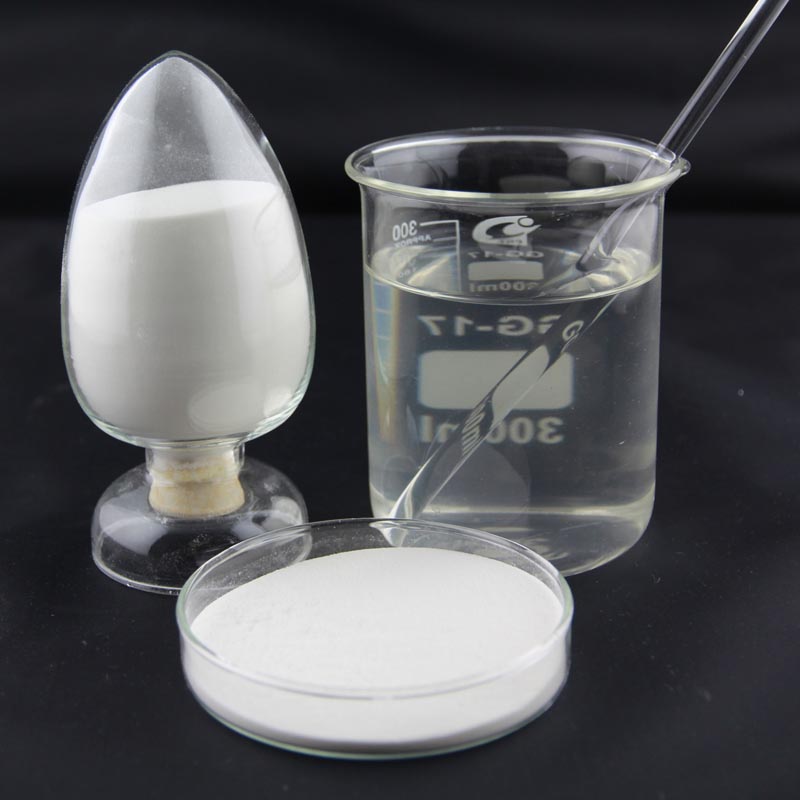How are cellulose ethers made?
Cellulose ethers are a variety of water-soluble polymers derived from cellulose, the most abundant organic polymer on earth. These versatile materials have applications in a variety of industries, including pharmaceuticals, food, personal care, construction and textiles. The production of cellulose ethers involves several key steps, including cellulose source selection, pretreatment, etherification, purification and drying.
1. Selection of cellulose sources:
The process begins with selecting an appropriate source of cellulose. Historically, cellulose ethers were primarily derived from natural sources such as cotton linters, wood pulp, and other plant materials. However, technological advances have led to the exploration of alternative sources such as agricultural residues (e.g. rice husk, sugarcane bagasse) and microcrystalline cellulose obtained from various sources.
2. Preprocessing:
Before etherification, cellulose is pretreated to increase its reactivity and solubility. This step involves several processes:
a. purification:
Cellulose is often contaminated with impurities such as lignin, hemicellulose, and pectin. Purification methods such as alkali treatment or bleaching are used to remove these impurities and obtain pure cellulose.
b. Particle size reduction:
Large cellulose fibers are mechanically or chemically broken down into smaller particles to increase the surface area available for reactions. Techniques such as milling or grinding can be used for this purpose.
C. activation:
Cellulose activation involves introducing functional groups or changing the cellulose structure to enhance its reactivity during etherification. Common activation methods include mercerization (treatment with strong bases such as sodium hydroxide) or oxidation (e.g., TEMPO-mediated oxidation).
3. Etherification:
Etherification is a key step in the production of cellulose ethers, in which the hydroxyl groups (-OH) in the cellulose backbone are replaced by ether groups. This method improves the solubility of cellulose in water and imparts various desired properties to the resulting cellulose ether. Common etherification methods include:
a. Etherifying agent:
Reagents such as alkyl halides (e.g., methyl chloride), alkylene oxides (e.g., ethylene oxide), or alkylene carbonate derivatives (e.g., propylene carbonate) are used to introduce ether linkages into the cellulose backbone.
b. Reaction conditions:
Etherification reactions are usually carried out under controlled temperature, pressure and pH conditions to ensure optimal yield and product quality. Catalysts such as alkali metal hydroxides (eg sodium hydroxide) or acidic catalysts may be used to promote the reaction.
C. Degree of substitution (DS):
The degree of ether substitution on the cellulose chain is quantified by the degree of substitution (DS), which represents the average number of substituted hydroxyl groups per anhydroglucose unit. DS greatly affects the properties of cellulose ethers, such as viscosity, solubility, and thermal stability.

4. Purification:
After etherification, the crude cellulose ether product is purified to remove unreacted reagents, by-products and impurities. Purification techniques may include:
a. washing:
The crude cellulose ether is washed with water or organic solvents to remove residual reactants and impurities. Multiple washing steps can be performed to ensure product purity.
b. Filter:
Filtration techniques such as vacuum filtration or centrifugation are used to separate solid impurities from the purified cellulose ether solution.
C. neutralize:
If an acidic or basic catalyst is used during the etherification process, adjust the pH of the cellulose ether solution to neutral to deactivate any remaining catalyst and stabilize the product.

5. Drying:
The purified cellulose ether is dried to remove residual moisture, resulting in a dry powdery final product. Drying methods include air drying, vacuum drying or spray drying, depending on the desired product properties and production scale.
Cellulose ethers play a vital role in numerous industrial applications due to their unique properties and versatility. The manufacturing process involves several steps, including cellulose pretreatment, etherification, purification and drying. Technological advances continue to improve the efficiency and sustainability of cellulose ether production, allowing the development of innovative products with multiple applications across industries.
